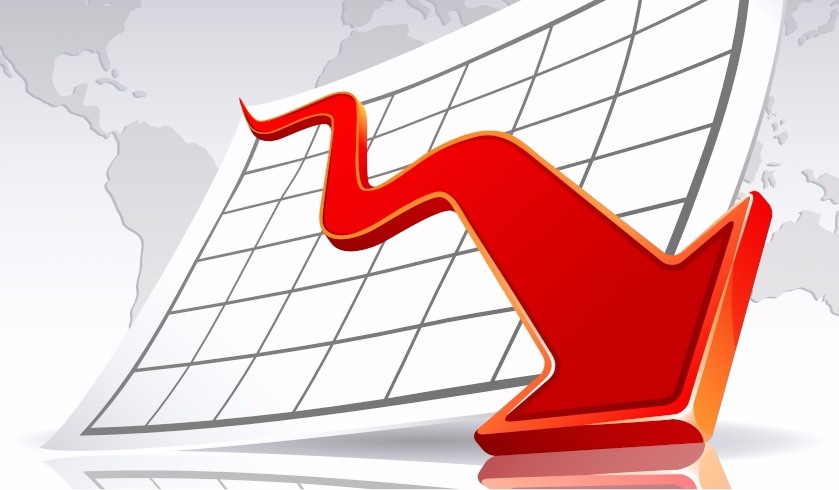SA market down for the quarter, but 'optimistic' rebound imminent
The South Australian property market experienced a decline in sales over the September quarter, following expected trends. However, the market could be picking up over the next few months, according to the Real Estate Institute of South Australia.

Responding to figures released by South Australia valuer general Delfina Lanzilli on median house prices for the September 2017 quarter, the Real Estate Institute of Australia’s (REISA) president Alex Ouwens said while down, the figures revealed the median house price was up 2.27 per cent over the September quarter last year.
To continue reading the rest of this article, please log in.
Create free account to get unlimited news articles and more!
Over the quarter, median house sales in South Australia and metropolitan Adelaide were down for both the quarter and the year, and median unit and apartment prices fell by 3.37 per cent compared to the previous quarter, but rose by 5.45 per cent compared to this time last year.
“The third quarter of every year is tricky and in no way should the results of this quarter be taken to suggest that the property market is not heading in the right direction,” Mr Ouwens said.
“It is imperative that we look at the median house price still being at a fantastic $450,000 and the fact that there are still fabulous numbers of sales being recorded in the suburbs that are consistently at the top of the list every quarter.
“I am extremely optimistic that sales will bounce back next quarter and that South Australia will continue to be one of the best places in the world in which to live, work and invest.”
Despite this, Mr Ouwens said the decline was disappointing, as it meant: “home owners are feeling increasingly immobile due to paying the highest stamp duty in the nation”.
“Stamp duty is a ‘monster’ tax that traps people in homes that are a poor fit for the size of their families,” he said.
“In Adelaide stamp duty for the average house is about $25,000. First home buyers - even after saving an average of eight years for a deposit - need to find another $25,000. One third of the costs of a new home is government taxes, levies and charges; removing stamp duty would increase development of new homes and improve affordability.”
Mr Ouwens reiterated that the third quarter of the year is typically slow for property sales, and is currently keeping an optimistic outlook for the next few months.
“I have enormous optimism that in the coming months, sales will pick up considerably. Many respected national analysts are predicting Adelaide to be a leader in price growth in 2018,” he said.
“While winter is always a slower period, the situation is still not helped by the lack of government first home owner grants and the crippling property taxes that exist in South Australia.
“It is certainly welcome news that the median house price [is] a respectable $450,000 – only slightly down from the previous quarter, which is expected each year in winter but still most significantly prices are up from the same quarter last year.”
Suburbs that saw the largest growth over the last 12 months were Toorak Gardens, Dernancourt and Moana, followed by Port Noarlunga, North Haven and Parkside, while the suburbs that had the highest level of recorded sales over the quarter were Morphett Vale, Paralowie, Parafield Gardens, Hallett Cove, Aldinga Beach and Aberfoyle Park.
“I say this every quarter but it is always very interesting to see the top selling suburbs and the suburbs that showed the strongest growth in median house price. And it is always the same, Mr Ouwens said.
“The key is affordability – a situation once again not assisted by the state government’s refusal to consider alternatives to property taxation. When affordability is right, the property market is buoyant. The other reasons these suburbs are doing so well is that they offer a huge potential for investment and have excellent infrastructure and development projects underway.
“These results should constantly be a reminder to government that property taxation is also dependent upon the volume of sales and that both go hand in hand. We need to move to a fairer system that removes barriers for those who may be looking to upgrade to larger homes, downsize to smaller homes, or get into the market to begin with.”

